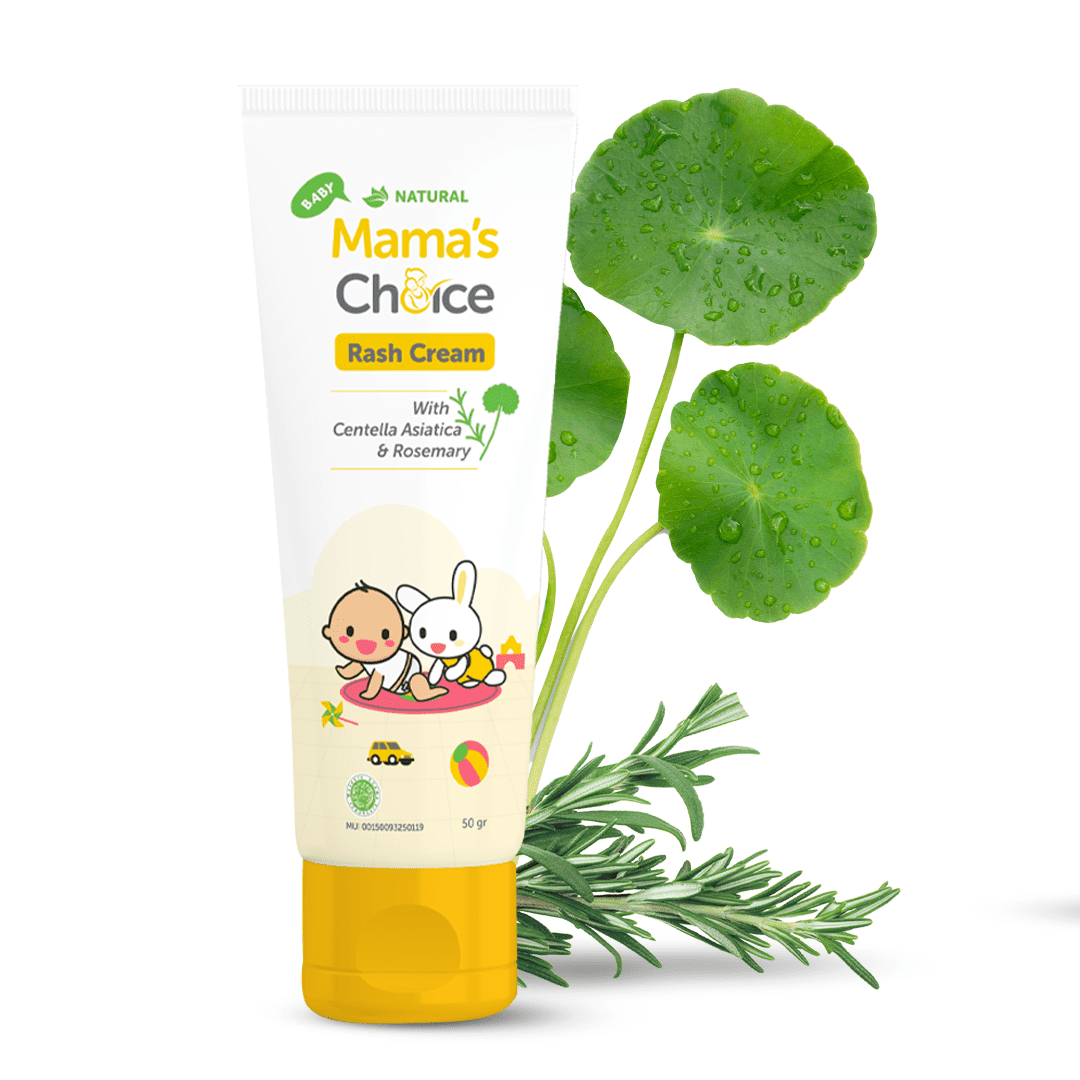Embarking on a journey with a little one can be an exciting, yet often daunting, prospect for parents. One of the most common concerns, especially for first-time flyers, revolves around what baby essentials are allowed through airport security. Among these, understanding the rules for diaper cream TSA regulations is paramount for a comfortable and stress-free flight for both you and your baby.
From ensuring your baby's delicate skin remains protected to navigating the labyrinth of security checkpoints, every detail matters. This comprehensive guide will demystify the Transportation Security Administration's (TSA) guidelines for carrying diaper cream and other crucial baby items, helping you pack smart and travel with confidence, adhering to the highest standards of safety and convenience for your family.
Table of Contents
- Navigating Air Travel with Infants: Why Diaper Cream is Crucial
- Understanding TSA Liquid Rules for Diaper Cream
- Special Exceptions for Baby Essentials: Diaper Cream and Beyond
- Packing Smart: Diaper Cream in Carry-On vs. Checked Bags
- Beyond Diaper Cream: Other Essential Baby Travel Items & TSA
- Streamlining Your Security Experience: Tips for Traveling with Babies
- The Benefits of TSA PreCheck for Families
- Common Misconceptions and Unofficial Advice
Navigating Air Travel with Infants: Why Diaper Cream is Crucial
Traveling with an infant presents a unique set of challenges, from managing feeding schedules to ensuring their comfort in an unfamiliar environment. Among the many items parents meticulously pack, diaper cream often holds a top spot, and for good reason. Air travel can be particularly harsh on a baby's delicate skin. The dry cabin air, coupled with potential delays or limited opportunities for frequent diaper changes, can quickly lead to discomfort or even severe diaper rash. A short two-hour flight, as a first-time mother might experience visiting family with her four-month-old, can feel much longer if your baby is fussy due to skin irritation.
Understanding the importance of this seemingly small item is key to a smooth journey. Diaper cream acts as a protective barrier, shielding the skin from moisture and irritants that can cause redness and soreness. Without it, a minor irritation can escalate, turning a potentially pleasant flight into a challenging ordeal for both parent and child. Therefore, ensuring you can bring your preferred diaper cream TSA-approved is not just about convenience; it's about safeguarding your baby's well-being and maintaining peace of mind during travel.
Why Every Parent Needs Diaper Cream for Flights
Imagine being thousands of feet in the air, your baby starts to fuss, and upon inspection, you discover the beginnings of a diaper rash. Changing facilities on planes are often cramped, and the frequency of changes might be less than ideal. In such scenarios, having immediate access to diaper cream is invaluable. It provides extra protection against the moist environment inside a diaper, which can be exacerbated by prolonged wear or changes in temperature and humidity during air travel. For parents, this means not just preventing discomfort for their little one, but also avoiding the stress of a crying, unhappy baby in a confined space. It's a small item that offers significant peace of mind and contributes greatly to a comfortable journey for the entire family.
Understanding TSA Liquid Rules for Diaper Cream
The Transportation Security Administration (TSA) has well-known rules regarding liquids in carry-on luggage, often referred to as the 3-1-1 rule. This rule dictates that liquids, gels, aerosols, creams, and pastes must be in containers no larger than 3.4 ounces (100 milliliters) and must fit into a single quart-sized bag. For many everyday toiletries, this rule is straightforward. However, when it comes to essential baby items like diaper cream, there are nuances that parents need to be aware of.
While diaper cream is technically a cream or paste and thus falls under the 3-1-1 rule, the TSA makes specific exceptions for medically necessary items and essential baby products. This distinction is crucial for parents planning their travel. Knowing these exceptions can save you from having your essential diaper cream TSA-confiscated at the security checkpoint, which would undoubtedly add unnecessary stress to your journey.
The 3-1-1 Rule: Does Diaper Cream Fit?
Under standard TSA guidelines, if your diaper cream container is larger than 3.4 ounces (100 ml), it would typically need to be placed in your checked luggage. If it's 3.4 ounces or less, it can go into your quart-sized liquids bag in your carry-on. However, the good news for parents is that diaper rash cream, along with other essential baby items like formula and breast milk, often qualifies for an exemption from the 3-1-1 rule. This means you can bring larger quantities than 3.4 ounces in your carry-on, provided you declare them to a TSA officer at the security checkpoint. This exception is designed to accommodate the unique needs of infants and young children, recognizing that their care cannot always adhere to standard liquid restrictions. It's a vital detail for ensuring you have adequate supplies for your child's health and comfort throughout your travels.
Special Exceptions for Baby Essentials: Diaper Cream and Beyond
The TSA understands that traveling with infants requires flexibility beyond standard liquid rules. Therefore


